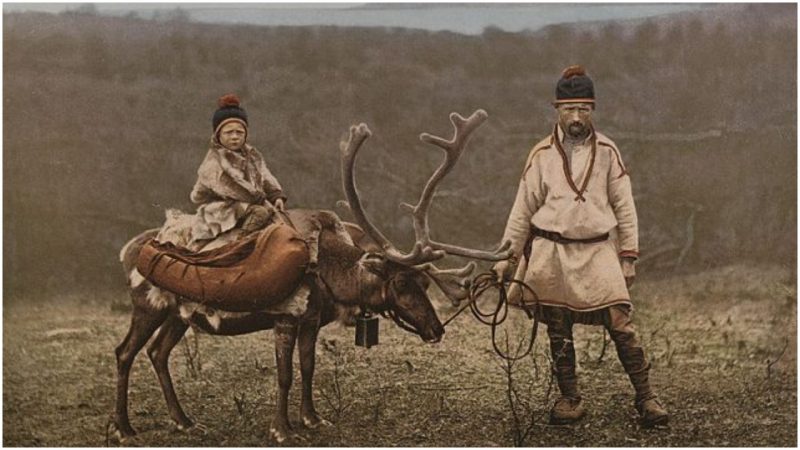Across the northernmost tip of Norway, Sweden, Finland, and northwestern Russia live a people who for thousands of years have survived on reindeer herding, hunting and fishing, while living in relative isolation from their neighbors and avoiding assimilation.
Evidence indicates that the Sámi People are indigenous to the region, as they have been present in the Fennoscandian area since the Stone Age.
Their language belongs to the Uralic group and is related to the history of Finnish, Estonian and Hungarian languages. Their culture, on the other hand, is completely autochtonous, as they have forever lived on the margins of countries which they inhabit.
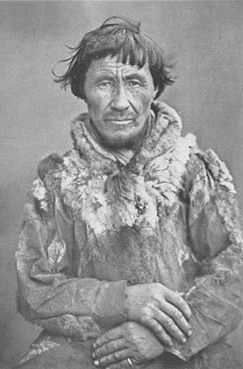
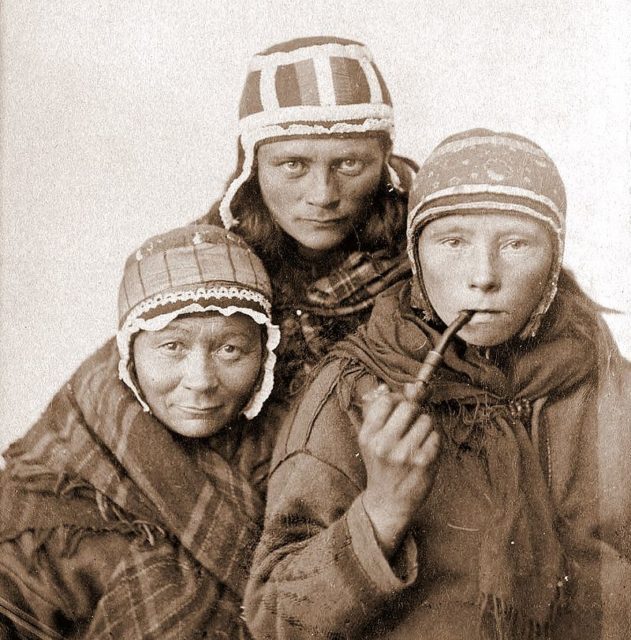
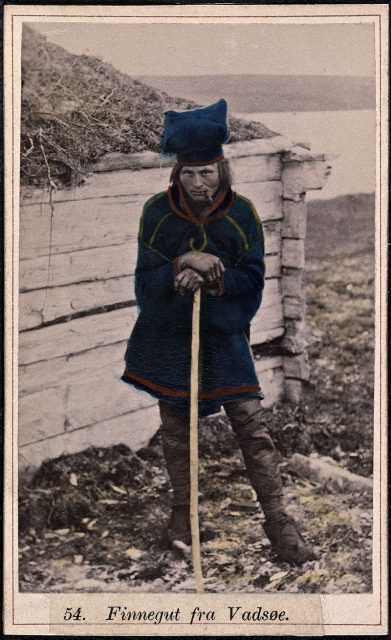
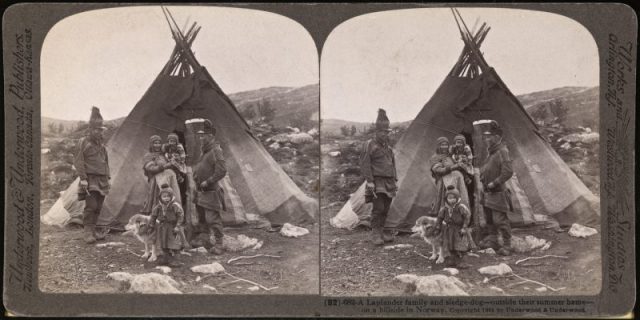
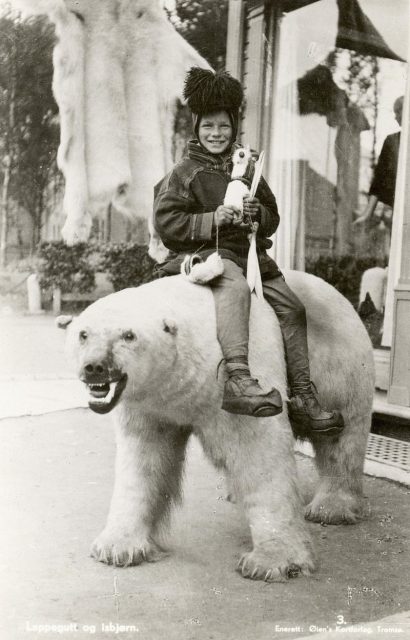
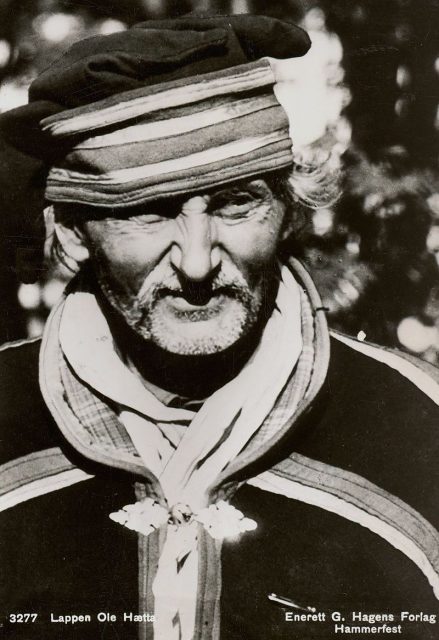
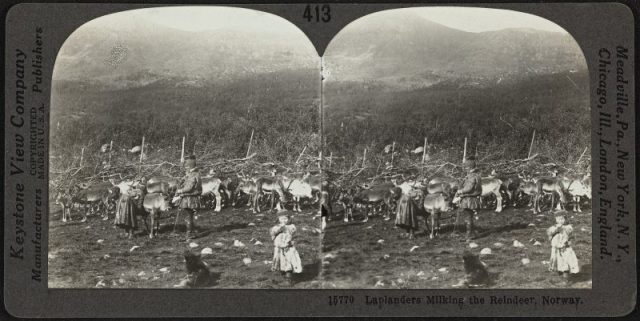
Throughout history, a large portion of the Sámi population which inhabited the northern coast of Norway, known as Sea Sámi, mostly relied on fishing as their main source of food and income.
Due to their specific geographic position and resilience to Arctic cold weather, they enjoyed a fruitful period during the Middle Ages, when the bubonic plague epidemic hit Norway in 1349. Due to the high mortality rate among Norwegians caused by the epidemic, Sámi fishermen were relieved of taxes and were provided with economic incentives, for they had become an important food provider for the Kingdom.
The Mountain Sámi, on the other hand, were traditionally involved in reindeer herding and hunting, often leading a nomadic lifestyle synchronized with reindeer migrations.
In the 19th century, a significant number of Sámi accepted the Christian Lutheran religion, therefore denouncing their traditional polytheistic and animist beliefs.
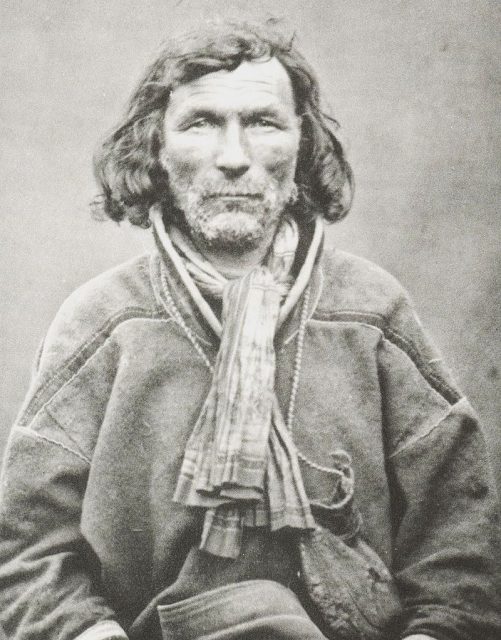
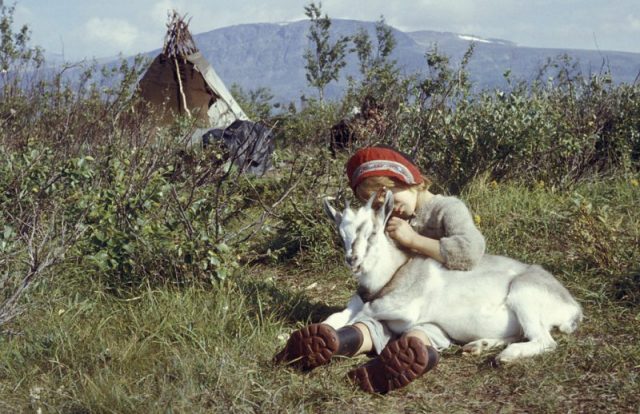

Although they were long known as Laplanders or Lapps, the term has been abandoned in more recent times, as it is considered pejorative and offensive by today’s standards.
A history of discrimination which followed the Sámi throughout their history ― and across the lands they inhabit ― has left a standing mark. Laws prohibiting their language were enforced across Scandinavia and assimilation was conducted on several occasions, most notably in Norway.
The practice of Norweginization was in some cases applied even to the 1950s, depriving Sámi people of education, use of their own language and other forms of discrimination.
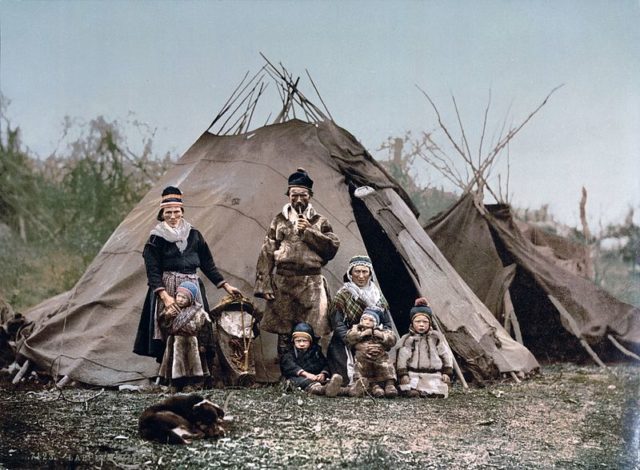
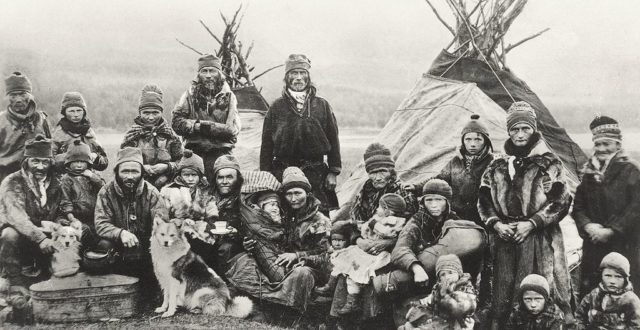
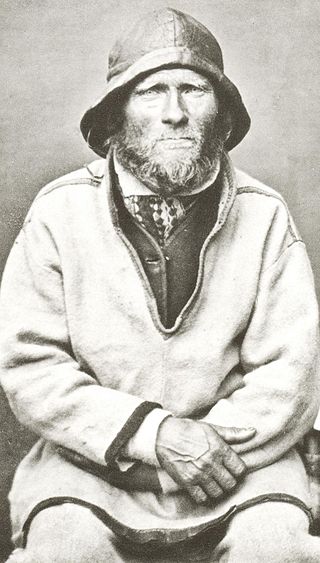
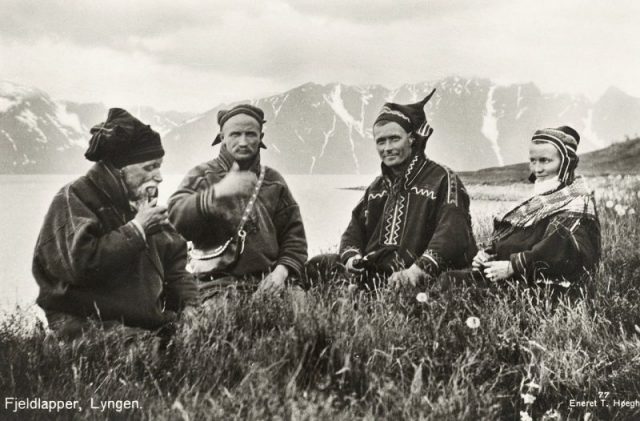
Nowadays, the small ethnic group that numbers around 80,000 who still identify themselves as Sámi struggles to keep their customs, their language and culture alive. Reportedly some 10 percent of them are still involved in traditional reindeer herding.
Read another story from us: Rare Color Photos Show What the World Looked Like 100 Years Ago
Nevertheless, one can still see Sámi communities in the northernmost tips of Europe, dressed in traditional fur clothes and practicing an ancient way of life, which proudly resists modern influence.
